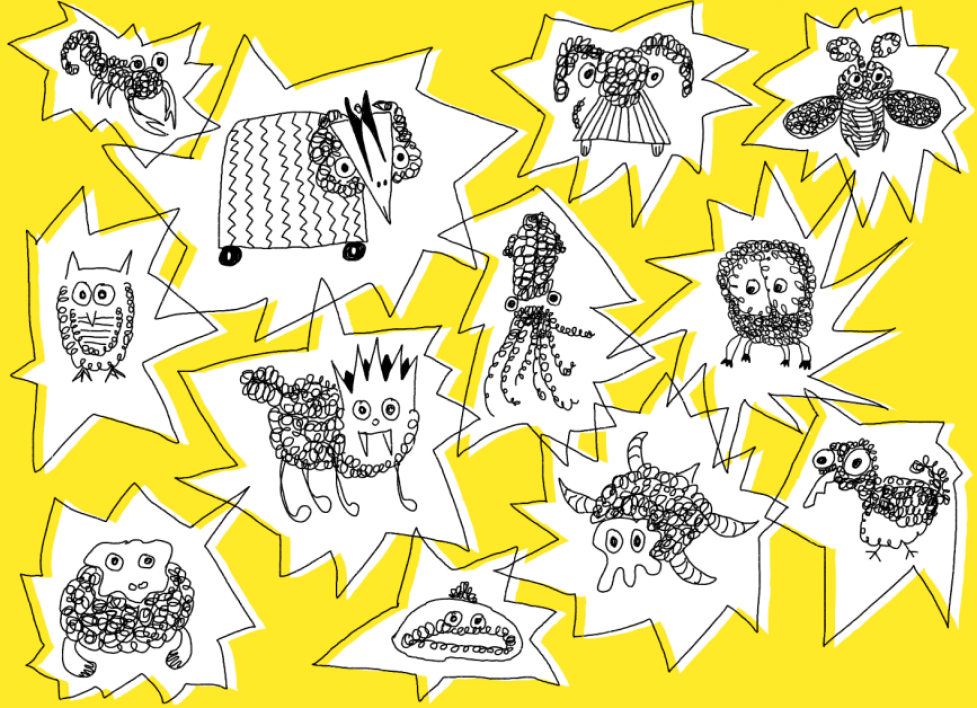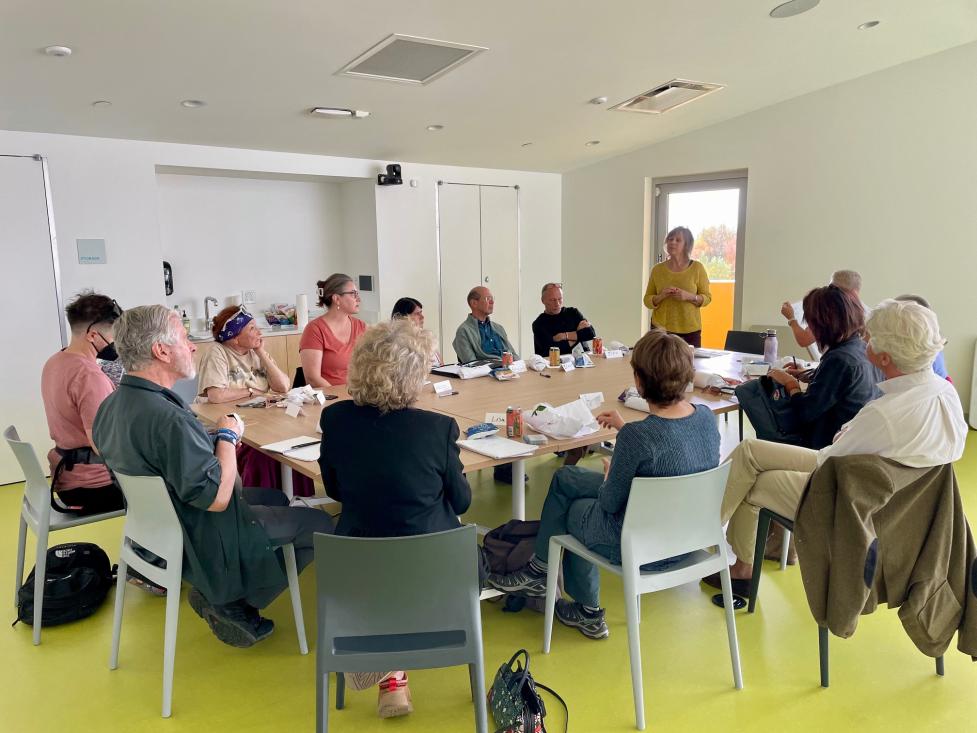2025 Boulder Artist Census
The 2025 Artist Census builds upon an initial 2019 study to gain deeper insights into the lives of professional, practicing artists in Boulder. The full report can be found at the bottom of the page.
The study aims to:
- Broaden our understanding of the economic and social landscape for Boulder artists.
- Validate key concerns expressed within the artistic community.
- Provide data-driven guidance for community leaders and organizations to better support artists and cultivate a vibrant arts scene.
- Apply the City of Boulder’s Sustainability, Equity, and Resilience (SER) Framework to assess systemic challenges.
'Equilibrium,' performed by T2 Dance Company as part of the 2025 Artist Census.
Research Methodology
To achieve these goals, three key research approaches were employed:
- Census Questionnaire – Conducted from June to November 2024, with 324 total responses collected, 236 of these reported earning income from their art in 2023. To support both continuity and deeper insight, this questionnaire repeated several questions from the 2017/2018 census and introduced new ones for expanded analysis.
- Focus Groups – Small group discussions with local artists, facilitated by Qualitative Research Centre (QRC), conducted between August and November 2024. Information collected at these sessions was analyzed by QRC and presented in the report entitled “Artist Census Workshops: Playbook, August 2024.”
- Comparative Research – Review of relevant studies and public opinion research on arts and culture nationwide:
- Arts and Economic Prosperity 6, Americans for the Arts (2023)
- Americans Speak Out About the Arts in 2023, Americans for the Arts (2023)
- Los Angeles Artist Census (2022)
- Other research and assessments
Key Findings
Financial Realities
The balance between earnings and expenses makes sustaining a livelihood as an artist challenging.
Questionnaire Insights:
- 45% of respondents earn between $5,000-$10,000 annually from their work.
- 44% report experiencing financial hardship, impacting their ability to meet basic needs.
- 26% earn between$10,000-$50,000 from their artistic practice, indicating a middle tier of working artists who are generating consistent income.
- 13% of artists earn over $50,000 annually from their work, demonstrating that achieving a stable and sustainable income in the arts is attainable for some.
- 50% of respondents received income from arts organizations, galleries, schools, or collectives, showing strong institutional engagement.
- Over half of respondents surveyed (56%) report little to no stress in managing debt and living expenses.
“Art is not a hobby - it’s who I am. But I need two or three jobs to survive.”
“There’s a perception that only those with financial backing can afford to be artists here.”
- Focus Group Participants
The Struggle for Space
Finding Affordable Spaces for Artists
Questionnaire Insights:
- Over 50% of respondents use home-based studios, possibly due to rising workspace costs.
- 17% rent workspaces, but affordability is a growing challenge.
- 64% of respondents own their homes and about 3.5% of those cited renting out room(s) in their home to help cover mortgage.
“We need designated live-work spaces for artists.”
“Affordable studio space is non-existent. We need more hubs like NoBo.”
- Focus Group Participants
Public Perception & Community Support
The Search for a Connected Arts Scene
Questionnaire Insights:
- Over half of respondents work from home or in isolated spaces, while only 17% have a workspace outside their home.
“There’s no real art ‘scene’ - just isolated efforts.”
“We need a city-endorsed arts hub for connection and collaboration.”
“There’s no strong, connected arts scene in Boulder. The city is known for tech and nature,
not the arts.”
-Focus Group Participants
Recommendations
Consultants conducting focus groups identified three key priorities for strengthening Boulder’s arts community: Connection, Support, and Space. These themes reflect a broader need to unify artists, enhance access to resources, and integrate the arts more deeply into the city’s identity. Findings and recommendations from the 2025 Artist Census will help inform the creation of the Boulder Arts Blueprint, a new, comprehensive framework to support the growth and vibrancy of our city's creative landscape.
- Connection: Artists expressed a strong desire for a more cohesive and visible arts community. A central hub for information and collaboration could help foster engagement, making it easier for artists to share ideas, opportunities, and support.
- Support: Sustainable funding and financial accessibility remain critical. Artists expressed a need for grant opportunities that go beyond one-time projects to support the ongoing practice of their art. In addition, they emphasized the importance of non-financial support—clearer communication about resources, access to affordable and creative spaces, and stronger cultural infrastructure that fosters collaboration, visibility, and civic recognition—to build a more connected and thriving arts ecosystem.
- Space: The availability and affordability of living, working, and performance spaces continue to be major challenges. There is an opportunity for creative solutions that repurpose existing infrastructure and integrate the arts into Boulder’s urban fabric.
For more information about the census or for questions, please contact Cindy Sepucha at sepuchac@bouldercolorado.gov.
2019 Artist Census
In 2019, our office conducted an Artist Census. This study revealed both the strengths and challenges of our creative community at the time. While Boulder is celebrated as a great place to live, many artists struggled to find affordable housing, studio and performance space. Most juggled multiple jobs to make ends meet, and many felt that the local arts scene could be better supported.
At the same time, artists expressed a deep commitment to staying connected, inspiring one another and contributing to Boulder’s vibrancy. The census points to opportunities for the community to come together by valuing local talent, improving access to space and building stronger connections that ensure Boulder remains a welcoming place for creativity to thrive.
If you would like to see the full 2019 Artist Census report, please email culturalplan@bouldercolorado.gov.

